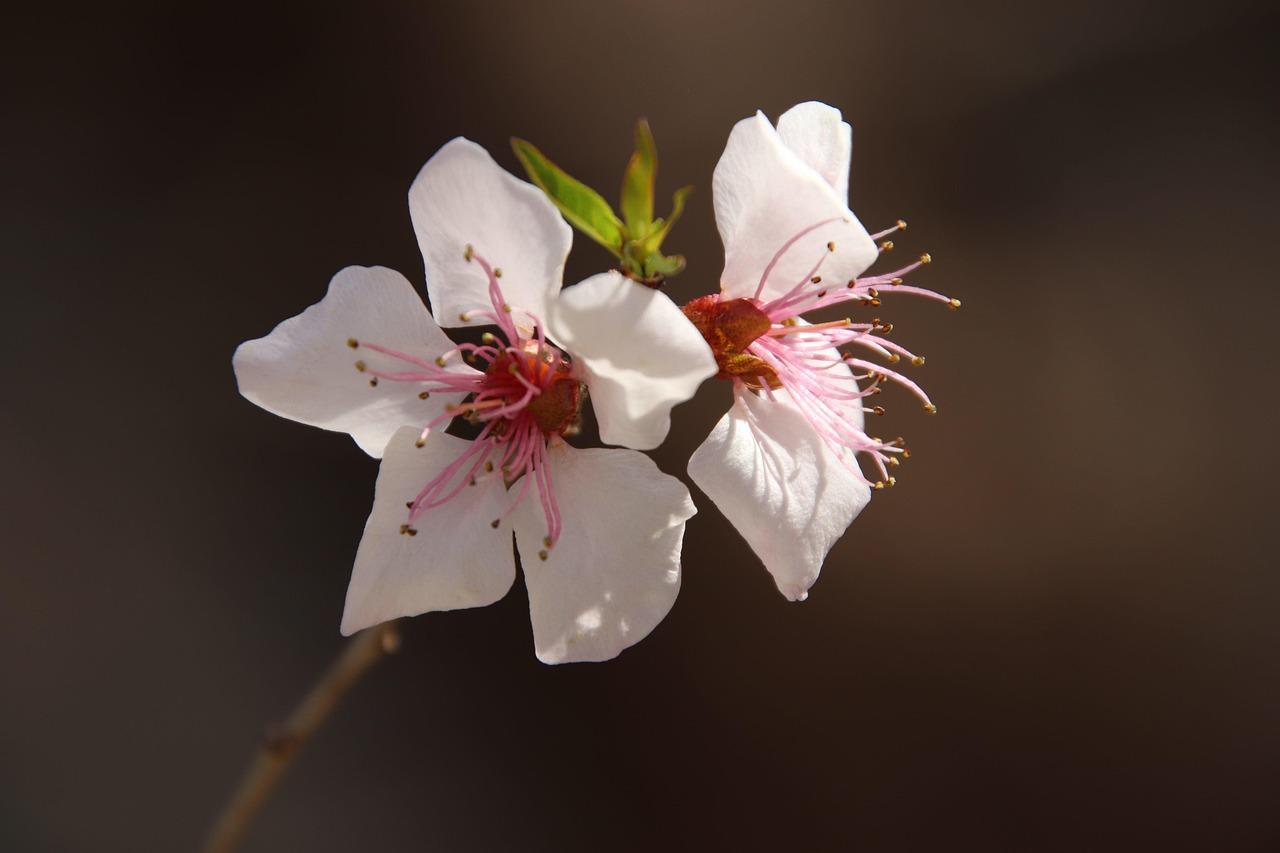Is it safe to travel to Beijing?
Beijing is generally a safe city for tourists. However, as with any large city, it's important to be aware of your surroundings and take precautions against petty theft. The most common safety concerns are pickpocketing and scams, particularly in tourist areas. It's advisable to keep your valuables secure, be cautious of strangers approaching you, and avoid walking alone at night in isolated areas.
What is the best time of year to visit Beijing?
The best time to visit Beijing is during the spring (April-May) or autumn (September-October) when the weather is pleasant and comfortable. Summer (June-August) can be very hot and humid, with frequent smog, while winter (November-March) is cold and dry with the potential for snow.
How many days are needed to visit Beijing?
To experience the main attractions in Beijing, you should allocate at least 4-5 days. However, if you want to explore the surrounding areas like the Great Wall or the Summer Palace, you may need a week or more. To fully appreciate the city's cultural and historical richness, a longer stay of 7-10 days is recommended.
What are the main tourist attractions in Beijing?
Beijing boasts a wealth of iconic landmarks and attractions. Some of the most popular include:
- The Forbidden City: The former imperial palace, a UNESCO World Heritage Site, offering a glimpse into China's imperial past.
- Tiananmen Square: The largest public square in the world, steeped in history and political significance.
- The Great Wall of China: A must-see for any visitor to Beijing, with various sections accessible for hiking or sightseeing.
- The Temple of Heaven: A magnificent complex of temples and pavilions dedicated to heaven, reflecting ancient Chinese beliefs.
- The Summer Palace: A sprawling imperial garden with lakes, pavilions, and stunning views, offering a serene escape from the city buzz.
- The National Museum of China: A treasure trove of Chinese history and art, showcasing diverse collections from ancient artifacts to modern masterpieces.
How to get around in Beijing?
Getting around Beijing is relatively easy and affordable. The city has a well-developed public transportation system, including:
- Subway: The most efficient and convenient option, covering most major tourist areas.
- Buses: A cheaper alternative to the subway, but less frequent and can be crowded during rush hour.
- Taxis: Readily available, but traffic can be heavy, especially during peak hours.
- Ridesharing Apps: Popular options include Didi Chuxing and Meituan, offering a convenient and affordable way to travel within the city.
- Bicycles: A popular choice for short distances, with bike-sharing services like Mobike and Ofo.
What type of food is typical in Beijing?
Beijing's cuisine is renowned for its rich flavors and diverse ingredients. Here are some of the most popular dishes:
- Peking Duck: A signature dish, with crispy skin and succulent meat.
- Dumplings (Jiaozi): Various fillings, steamed or fried, are a staple street food and restaurant dish.
- Noodles: A vast array of noodles, including hand-pulled noodles and cold noodles, are popular lunch and dinner options.
- Beijing Fried Liver: A flavorful dish with a savory and slightly sweet sauce.
- Steamed buns (Baozi): Filled with various savory or sweet fillings, they are a quick and easy snack or meal.
- Street food: Abundant street food stalls offer a diverse range of snacks and meals.
What is the climate like in Beijing?
Beijing experiences a humid continental climate with four distinct seasons. Summers are hot and humid, with temperatures reaching up to 35°C (95°F), while winters are cold and dry, with temperatures dropping to below freezing. Spring and autumn offer pleasant weather with mild temperatures and comfortable humidity.
What is the average temperature in Beijing?
The average temperature in Beijing varies significantly throughout the year. Summers are hot and humid, with average temperatures ranging from 23°C (73°F) to 31°C (88°F), while winters are cold and dry, with average temperatures ranging from -4°C (25°F) to 4°C (39°F). Spring and autumn offer pleasant weather with average temperatures ranging from 10°C (50°F) to 20°C (68°F).
How many rainy days are there in Beijing?
Beijing receives an average of 50 rainy days per year. Most rainfall occurs during the summer months (June-August), with occasional showers in spring and autumn. Winter is generally dry, with minimal rainfall.
What is the level of tourist influx in Beijing?
Beijing is a popular tourist destination, attracting millions of visitors annually. The city experiences peak tourist seasons during spring and autumn, with increased crowds and higher prices. Summer can also be crowded, especially during holidays and festivals. Winter sees fewer tourists, offering a more relaxed experience.
What is the average price of food in Beijing?
The average price of food in Beijing varies depending on the type of restaurant and the dishes you choose. Street food is generally affordable, with meals costing around 10-20 yuan (USD 1.5-3). Mid-range restaurants offer meals for 50-100 yuan (USD 7-15), while high-end restaurants can cost upwards of 200 yuan (USD 30) per person. Overall, Beijing offers a wide range of dining options to suit different budgets.
What types of tourism exist in Beijing?
Beijing caters to diverse tourism interests. Some popular types of tourism include:
- Historical and cultural tourism: Exploring ancient palaces, temples, and historical sites, delving into Chinese history and culture.
- Architectural tourism: Admiration of architectural masterpieces, including the Forbidden City, Tiananmen Square, and traditional Hutong houses.
- Nature and outdoor tourism: Enjoying scenic landscapes, hiking the Great Wall, and exploring the surrounding mountains and natural parks.
- Shopping tourism: Discovering local markets, shopping for souvenirs, and experiencing the vibrant shopping scene.
- Food tourism: Savoring Beijing's diverse cuisine, trying street food, and indulging in culinary experiences.
- Festival tourism: Participating in local festivals and celebrations, witnessing unique traditions and cultural performances.












